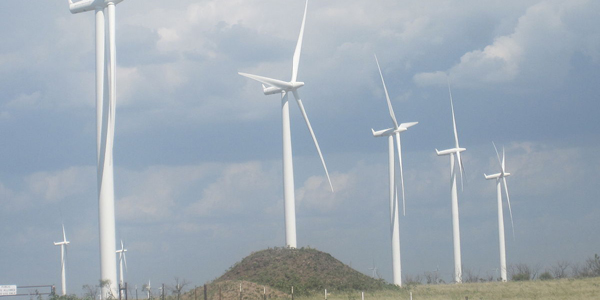The Public Utility Commission of Texas last week set a hearing for Oct. 16-17 on Rayburn Country Electric Cooperative’s proposed transfer of 96 MW of load and 130 miles of transmission lines from SPP to ERCOT (Docket 48400).
Parties to the contested case agreed to the schedule during a prehearing conference before the commissioners June 28.
Rayburn Country and NextEra Energy’s Lone Star Transmission filed a request in May to move Rayburn’s SPP load and related transmission assets into ERCOT and transfer an 11-mile, 138-kV line and associated facilities to Lone Star.
The contested case stems from an earlier docket (47342), in which Rayburn had proposed to transfer 190 MW of load from SPP into ERCOT. The two companies have proposed to use a transmission plan ERCOT put together as part of the earlier proceeding to integrate Rayburn’s load.
ERCOT originally estimated the integration costs at $38 million, but a “modified alternative option” suggested by Oncor has lowered the cost to $31.7 million.
SPP also conducted a study of Rayburn’s migration in coordination with ERCOT. The RTO’s analysis indicated annual production cost savings of $14 million to $18 million in its footprint through 2025. SPP’s Texas territory would save $15 million to $19 million over the same period. According to the study, SPP’s transmission customers will see a total increase of $4.6 million in their annual transmission revenue requirements.
Both system operators are among the proceeding’s intervenors.
The SPP load accounts for only 12% of Rayburn’s demand, with the remainder in ERCOT. The co-op owns and operates 367 miles of transmission lines in Texas, 207 miles in ERCOT and 160 miles in SPP’s East Texas footprint.
Lone Star is a transmission-only utility in ERCOT that owns and operates about 624 miles of 345-kV transmission facilities in Texas.
Commission Approves Wildorado Wind Ranch Purchase
During the commissioners’ open meeting, the PUC approved GIP III’s acquisition of NRG Energy’s Wildorado Wind Ranch, a 161-MW facility within SPP’s footprint near Amarillo, Texas (Docket 48139).
The commissioners ruled the transaction would not exceed the Public Utility Regulatory Act’s 20% limitation on combined ownership and control of installed generation capacity within a power region.
PUC Chair DeAnn Walker modified the order to use the facility’s nameplate capacity in calculating the installed generation capacity’s share. The applicants had proposed the capacity be calculated at 5% of nameplate, based on SPP’s planning criteria, but Walker said “no data was provided in the record” to support their calculation.
The use of nameplate capacity increased GIP III and its affiliates’ generation ownership within SPP to 4,814 MW, or 5.48%.
Walker called for a rulemaking to “clarify” how generating capacity is calculated in the future.
“The rules were originally adopted in 2000, and much has been learned since that time,” she said in a memo.
— Tom Kleckner




